The Indian National Army played a very significant, albeit unrecognized, role against the British. Its exploits under Subhash Chandra Bose created a fear of an existential crises in the minds of the British which eventually forced them to leave India. The then Prime Minister of England, Clement Attlee, is said to have admitted that the INA was the prime reason behind the British leaving. There were mutinies in the Indian armed forces because of how the INA had fought for India’s independence and the British realized that there was no way they could quell this uprising. And it is a well-known fact that the British had established a strong hold over India because our soldiers and airmen and sailors had been loyal to the British. Britain had controlled India through our men in uniform.
This article talks of the INA, an entity that sacrificed thousands of men for the liberation of India from British rule. During the early 1940s numerous non-violent, non-threatening campaigns were underway on Indian soil against the British. But the only armed struggle meant to snatch independence was starting to take root thousands of miles away from home.
As World War II began, around 70,000 Indian troops were stationed in the Far East by the British. One of them was Mohan Singh, then a battalion captain in the British Indian Army, who had headed to Malaya (now Peninsular Malaysia) in 1941 with his unit. When Japan occupied Malaya and most of Southeast Asia, many Indian soldiers of the British regiment were taken prisoners. The Japanese worked to maintain a good relationship with Indian officers so that they could gain traction against the British.
It was then that a Japanese officer, Major Fujihara, and Pritam Singh, the leader of an Indian organisation in Malaya, approached Mohan Singh to form an Indian army from the prisoners of war. This wasn’t an easy task by any means. If Mohan Singh joined hands with the Japanese then it would mean treason, rebellion against the Crown for whom he’d fought since he was 18 years of age. But Mohan Singh was promised to be treated as an ally and not as a prisoner. He understood the potential of the idea and began recruiting with the help of Pritam Singh and Fujihara.
Close to 4,000 prisoners from the fall of Kuala Lumpur in 1942 and over 40,000 from that of Singapore were placed under his charge. Volunteers from the British Indian Army were also called upon to join. Mohan Singh, who was now a General, was to command the first INA. It was later termed the Azad Hind Fauj.
Rash Behari Bose was another revolutionary who had fled to Japan in 1915. He had been instrumental in raising Japanese interest in the Indian independence movement. Local organisations began merging into what would become the Indian Independence League (IIL), a political organisation that was the voice of the Indian population in Southeast Asia. The IIL was officially constituted in 1942. Rash Behari Bose chaired the council and Mohan Singh was one of the representatives of the INA.
The conference made certain demands to the Japanese government: 1) ensure that the integrity of the IIL and INA remained intact, 2) recognize India as an independent nation, 3) treat the INA as an allied army and release all POWs, and, 4) provide loans to the army and not impose any purposes other than the liberation of India. The terms were staunchly pro-India and nowhere did they compromise on the sovereignty of the country.
However, despite the demands, Mohan Singh realized that the Japanese weren’t too enthusiastic about fulfilling them. He felt that they were purposely delaying public recognition of the army. This is when he got into trouble. He was removed from command and taken into Japanese military custody.
Mohan Singh was firm believer that Subhash Chandra Bose was the right person to lead the INA. Many soldiers too insisted that they’ll join the army if Bose lead them. Bose was invited to lead the INA and the IIL, and he agreed. His aura and presence and sheer patriotism was such that even civilians with no military experience were willing to join the force. Membership of both the INA and IIL reached new heights. It was said that around one lakh civilians in Southeast Asia took membership.
The most unfortunate aspect was that Mohan Singh along with many other members of the INA faced trials (few in India were averse to the growing might of Subhash Bose). This resulted in the severe depletion of the INA by 1945.
When the British began putting INA officers to trial, the deeds and intentions of the INA began spreading around the country. The INA soldiers who had been captured by the British later when the Japanese lost were allowed to go back home to their villages. Their tales captivated people and this led to a palpable sentiment in favor of the INA and Netaji. It was then that mutinies in all arms of the forces began to arise, and this is what shook the British. Having been exhausted by World War II, the British neither had the resources nor the manpower to deal with a potential armed uprising inside India. Its soldiers too were in no mood to indulge in more conflicts. Intelligence reports mentioning how the trials of INA leaders and their exploits to achieve Indian independence were turning public sentiment and could be a huge threat raised British fears. Before the situation became irredeemable and before Britishers in India faced death, the British decided to bail. Otherwise, what reason did a victorious British had to quit India?
It’s sad that the names and contributions of these great INA soldiers and leaders have almost been erased from the annals of history only to keep the memories of certain people intact. Yet, the contribution of the INA can never be forgotten.

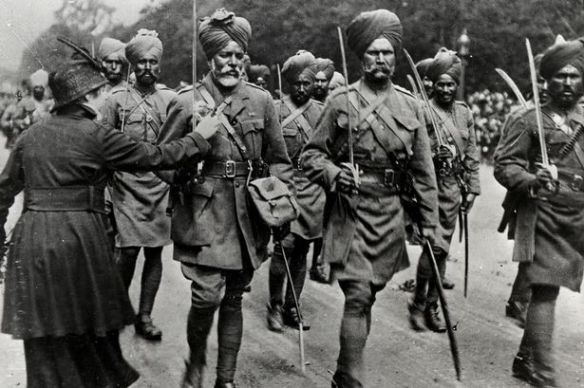












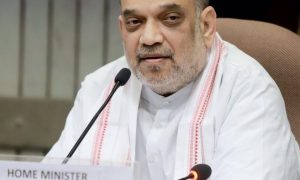

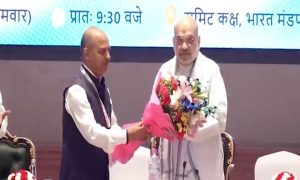

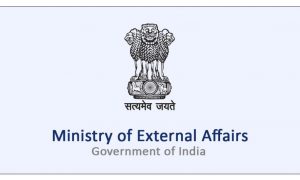

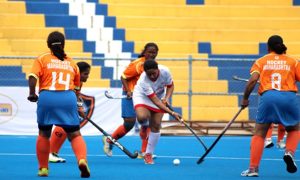

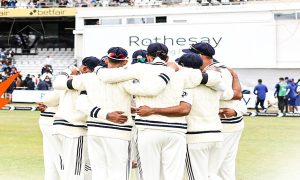



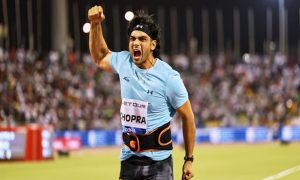

 WhatsApp us
WhatsApp us